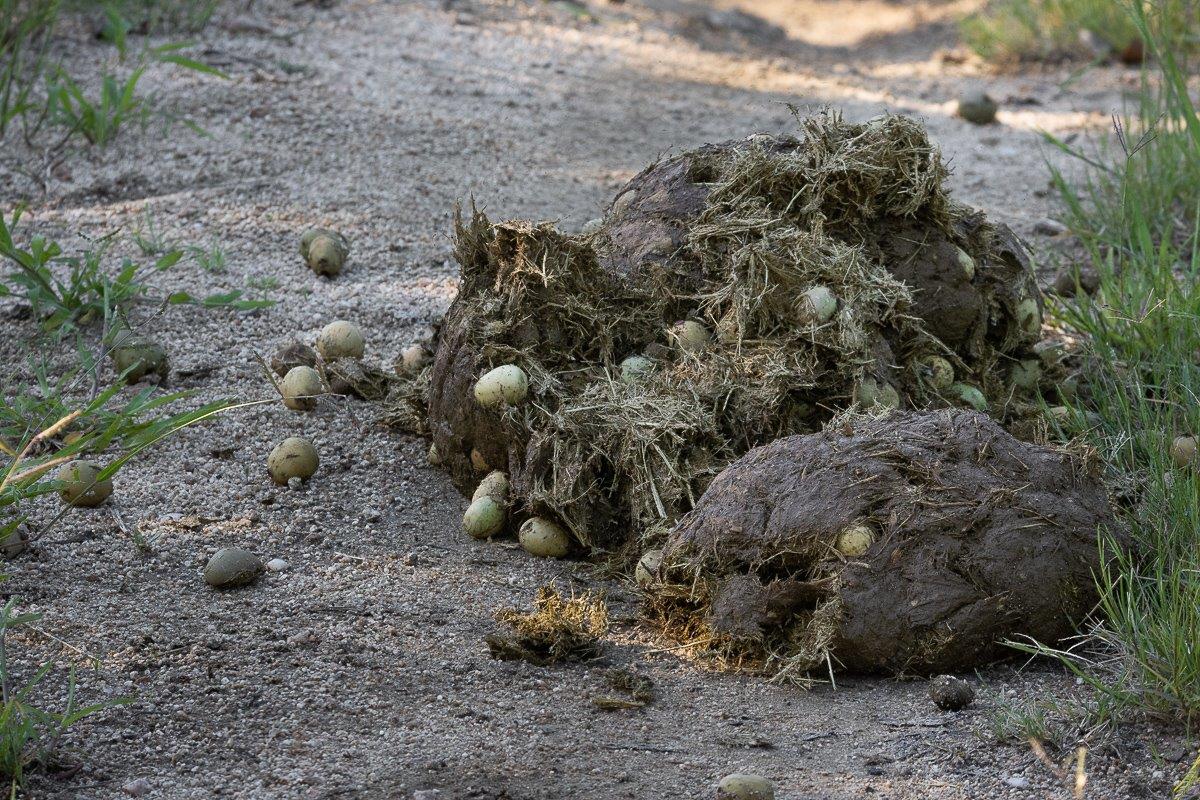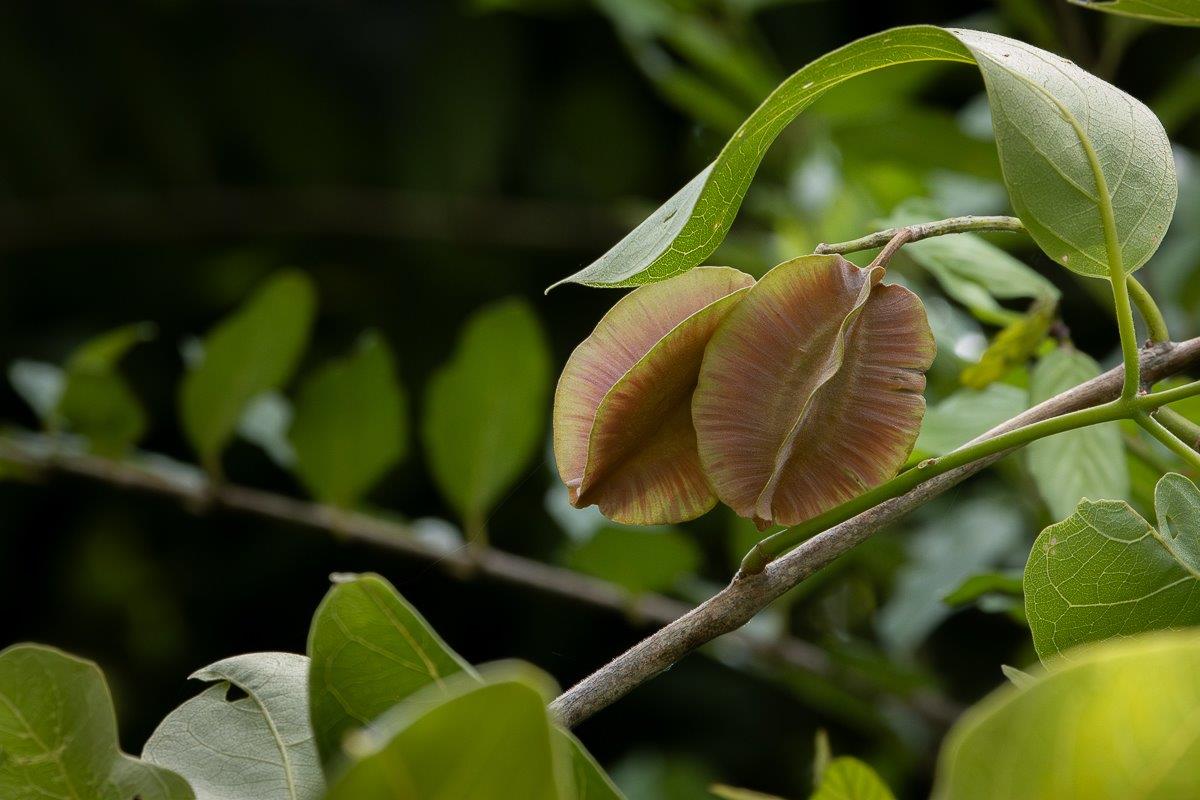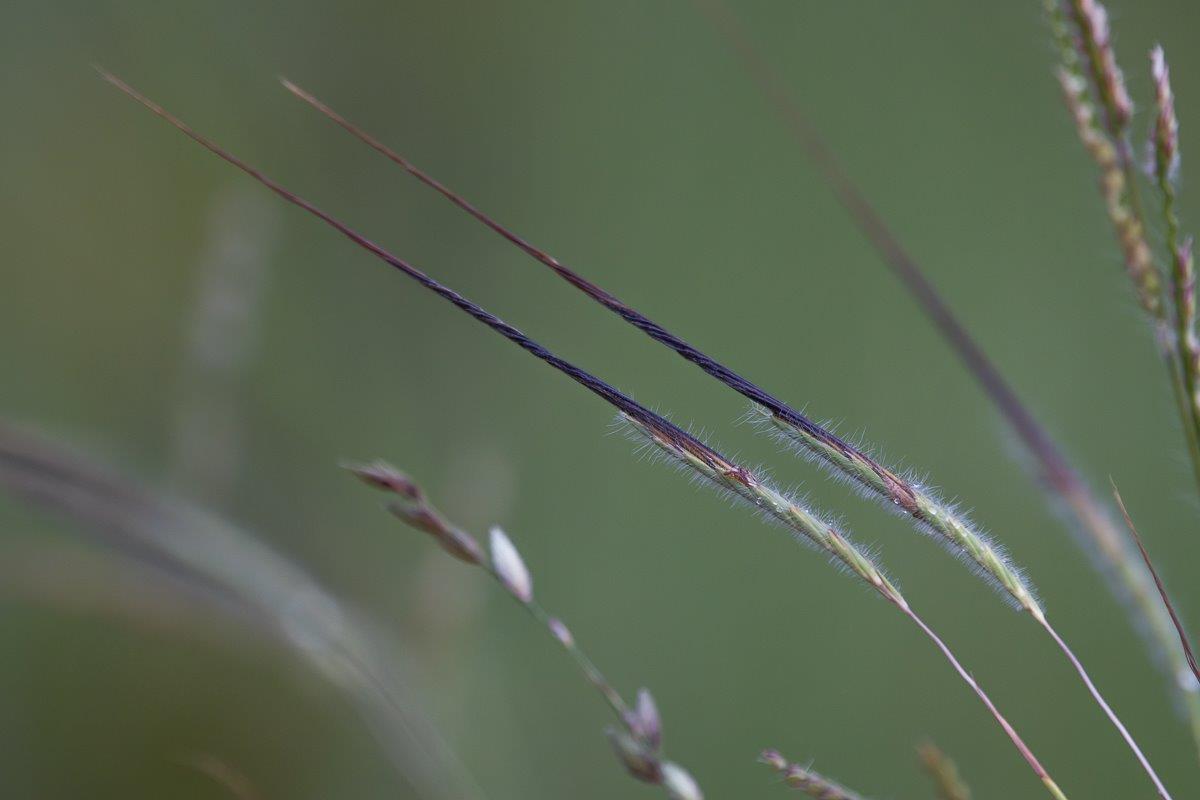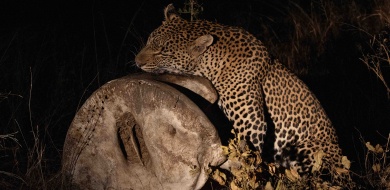Seed Dispersal
on Mar 04, 2024Plants have evolved a fascinating array of mechanisms to ensure the dispersal of their seeds – a crucial strategy for survival and reproduction. From utilising wind and water as carriers to forging partnerships with animals of all sizes for transportation, the diverse tactics employed by plants reflect an intricate dance with both the living and non-living components of the environment. From the myriad of plants hosted at Sabi Sabi, each with its own dispersal methods, come some examples of amazing techniques employed by plants to spread their seeds to favorable germination sites.
A safari at Sabi Sabi will undoubtedly reveal the giants, the guardians of the ecosystem - big trees. Along our drainage lines stand the tall figures of Jackalberry trees, dappled in black, red, and green. As their name suggests, there is a relationship between the tree and jackals. Contrary to belief, jackals are omnivores that frequently feed on fruit. The seeds of the Jackalberry tree have evolved to be extremely hard, nearly stone-like, to prevent them from being crushed during the chewing process and destroyed by the digestive system of the animals that eat the fruit. The seeds then get spread through the animals when they defecate. It is, however, important to note that other animals, such as civets and baboons, also consume the fruits of Jackalberry trees, thus serving the same purpose as jackals.
Higher up on crests, away from the drainage lines, one would find beautiful Marula trees towering over the rest, providing shade to those below. Marula trees are iconic to the bush and well-known by humans and an array of animals for their delectable fruits. Like Jackalberry trees, Marula trees have evolved to harbour their seeds within a rock-hard casing, within a fruit. Elephants are likely the selective pressure that caused this severe case of seed protection. Although elephants have ridiculously weak digestive systems with most of the consumed foliage passing through unscathed, they still have extremely large molar teeth and strong jaws that the seeds need to survive. Interestingly, most Marula fruits you’ll find in elephant dung are completely intact, some not even scratched or bruised, suggesting that the partnership between Marula trees and elephants is nearly perfect.

Another giant that accompanies the Jackalberry trees along the drainage lines is the eye-catching Sycamore fig tree. As the name suggests, Sycamore fig trees carry edible figs throughout the year. They depend on animals to eat the figs and disperse the seeds, but they also utilise water. When the drainage lines or rivers flow, the figs will drop from the tree and float downstream until they get deposited along the bank. A flawless method, as the riverine banks are the best-suited habitat for these trees.


Sycamore fig trees utilise the living and non-living environmental components to their advantage, but some plants have specialised in mind-blowing ways to partner with the non-living components. The first of these examples also comes from trees and is an adaptation found in many tree families, the most prominent being the Bushwillow (Combretum sp.) family. These trees have developed a seed pod that has ‘wings’ known as a samara. Some tree species have only one wing off to one side that allows the seed to turn in the wind like a propeller, propelling itself while being blown by the wind. At Sabi Sabi, the most common samara you might see is the four-winged samaras from the variety of bushwillow species harboured here. These stiff wings run along the length of an oval-shaped seed, allowing the wings to act as air-scoops that will propel and roll the seed over the ground when the wind blows.

The last example draws from grass and a particular species that has selectively evolved to have the most amazing mechanism for self-dispersal of their seeds. Spear grass is a well-distributed grass species scattered all over Sabi Sabi and is characterised by long black, spear-like seed clusters. The seeds in these clusters are twisted themselves, as well as being twisted into each other. The key ingredient to unraveling these clusters is moisture. When these seeds absorb moisture, their cells expand, and they unravel, but it doesn’t stop there. After being separated and dispersed onto the ground, further moisture will cause further expansion of these cells, and the single seed will untwist itself. This causes the seed to essentially ‘walk,’ and once the end gets lodged into the soil, it will bury the resource-filled tip into the soil with the same twisting motion.

In conclusion, the intricate dance between plants and their environment, both living and non-living, unfolds in remarkable ways at Sabi Sabi. From towering guardians like Jackalberry and Marula trees, fostering partnerships with omnivores and elephants, to the Sycamore fig tree utilising water for seed dispersal, nature showcases its ingenious strategies. Even in the realm of non-living components, trees like the Bushwillow family with their winged samaras and the remarkable self-dispersal mechanism of Spear grass highlight the adaptability and resilience of plant life. Sabi Sabi's ecosystem stands as a testament to the harmonious collaboration between flora and fauna, where every plant has a story, and every strategy is a masterpiece of survival and propagation.
Blog by JP van Rooyen (Bush Lodge Ranger)







